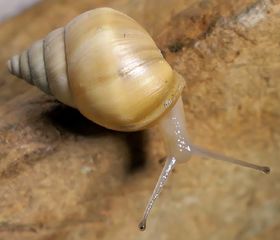
Rabdotus sp. (land snail)
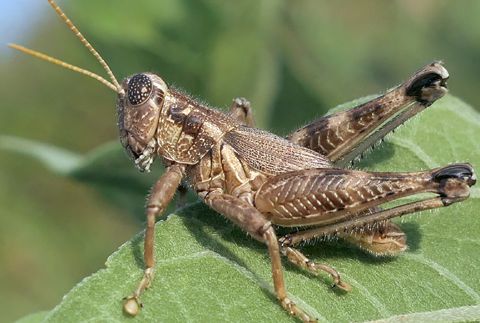
Campylacantha olivacea (fuzzy olive-green grasshopper)

Campylacantha olivacea (fuzzy olive-green grasshopper nymph)
| Despite their common name, both sexes of these grasshoppers can be dull green, bright green, brown or gray. The adult shown above is a male and the nymph is a female, most easily determined by the structures at the rear end of the abdomen. |
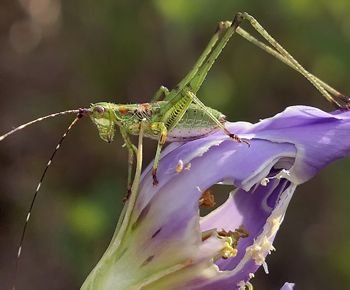
Scudderia sp. (bush katydid nymph & feeding damage)

Orchelimum silvaticum (long-spurred meadow katydid)

Eunemobius carolinus (Carolina ground cricket)
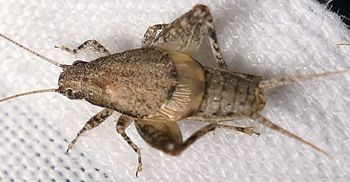
Cycloptilum sp. (scaly cricket)
| As singing insects, male crickets (two shown above) possess asymmetrical forewings, which vibrate against each other to produce their calls. The top wing has a row of bumps called a file that is rubbed against a sharp edge on the bottom wing called a scraper. The hind wings, if long enough, as on the ground cricket, are for flight. |
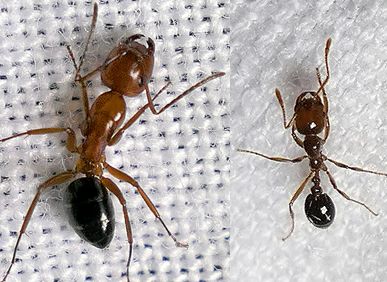
Camponotus decipiens & Solenopsis invicta
(carpenter ant & imported fire ant)
| Ants are a family of wasps, Formicidae, and some, such as the fire ant, illustrate that fact by possessing a sting. While all ants can defend themselves with their biting jaws, some, like the carpenter ant, have lost the sting and instead have an acidopore in its place through which they spray formic acid. |
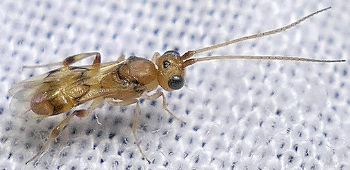
Phanerotoma sp. (braconid wasp)
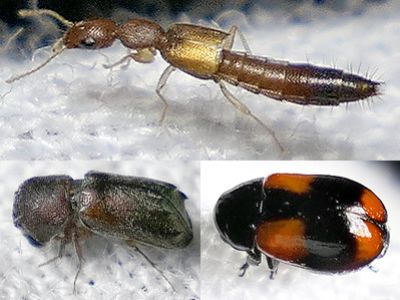
a trio of tiny beetles
top: Astenus sp. (rove beetle)
bottom left: Xylobiops sp. (powder-post beetle)
bottom right: Babia quadriguttata (leaf beetle) |
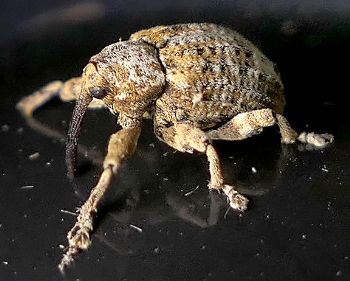
Conotrachelus sp. (weevil)

Knulliana cincta (banded hickory borer)
| Compound eyes are often round or oval in shape, but it's not obligatory. The ommatidia (separate individual units of the eye) can be arranged around intruding structures, such as large antennal bases. |
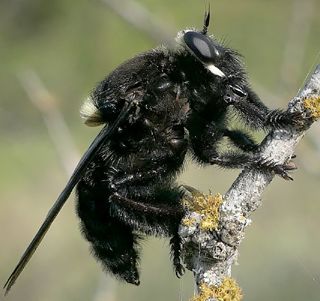
Mallophora leschenaulti (robber fly)
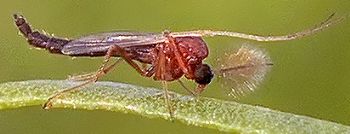
Unknown sp. (midge, male)
| Though they are both flies (order Diptera), there are some major differences between the robber fly and midge shown above. One example: the former has tiny antennae and relies on sight to catch prey, while the latter uses his large plumose antennae to locate females by scent. |
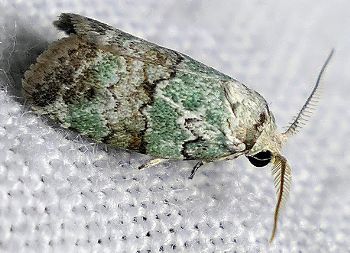
Afrida ydatodes (Dyar's lichen moth)
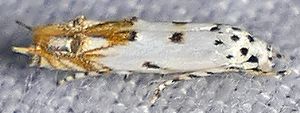
Mompha eloisella (red-streaked mompha moth)
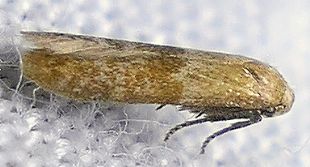
Pigritia murtfeldtella (moth)
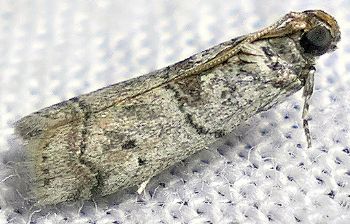
Anadelosoma texanella (moth)
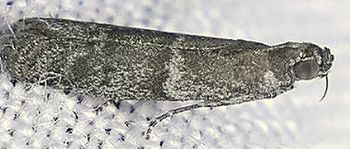
Eurythmia angulella (moth)
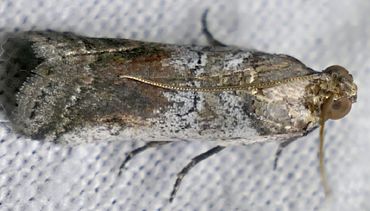
Chararica hystriculella (moth)
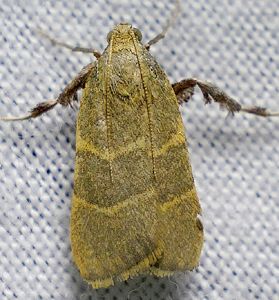
Parachma ochracealis (moth)
| Due to being relatively unnoticed and/or not agricultural or household pests, hundreds of tiny moths have no standard common names, hence the repetitious nonspecific label used so frequently here. |

Suleima helianthana (sunflower bud moth)
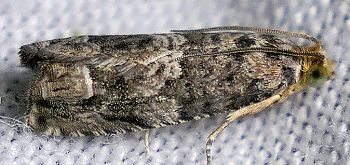
Cydia membrosa (leafroller moth)
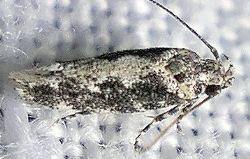
Agnippe sp. (moth)
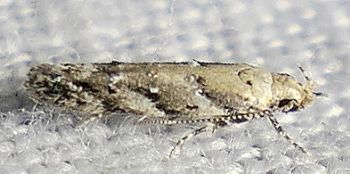
Coleotechnites sp. (moth)

Aristotelia sp. (moth)
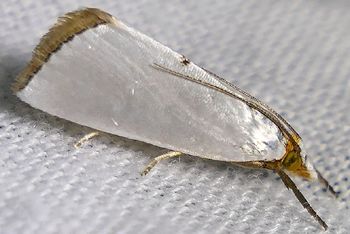
Urola nivalis (snowy urola)
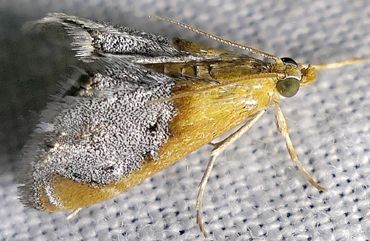
Chalcoela iphitalis (sooty-winged chalcoela)
| Moths and their caterpillars often end up being captured by adult predatory wasps as food for their grubs. In a curious turnaround, the caterpillars of this moth live in paper wasp nests, where they feed on the resident grubs and pupae! |
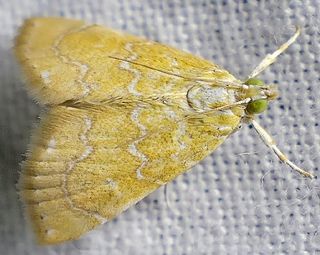
Glaphyria sesquistrialis (white-roped glaphyria)
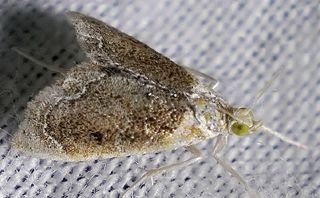
Lipocosma polingi (moth)
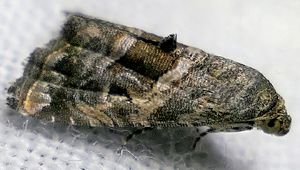
Tripudia quadrifera (moth)
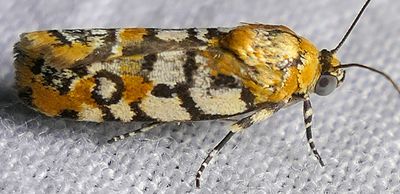
Spragueia guttata (spotted spragueia moth)
| Although there are often many exceptions, sometimes the perching position of a moth is a clue to its family relationship. The species shown above is a very typical member of Noctuidae, while the next two represent the most common pose for individuals in the family Geometridae. |
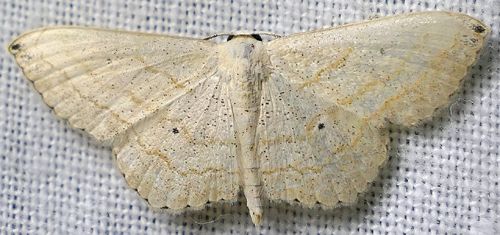
Scopula umbilicata (swag-lined wave moth)
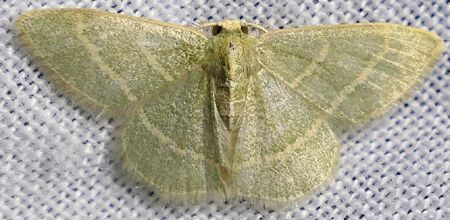
Chlorochlamys chloroleucaria (blackberry looper moth)
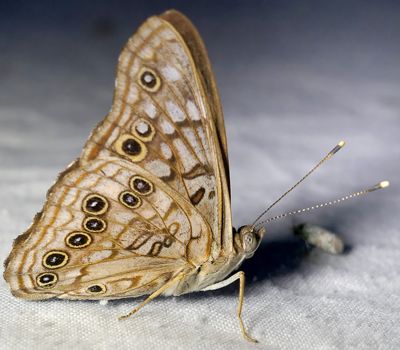
Asterocampa celtis (hackberry emperor)
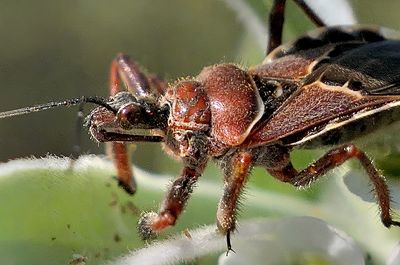
Apiomerus spissipes (bee assassin)
| True bugs, like the Bee Assassin, and planthoppers, such as the four shown below, all ingest liquids through a tube. While this feature is quite flexible and conspicuously located at the front of the face on bugs, it can rarely be seen on the other insects, as it is held close to the body and arises farther back under the head. |
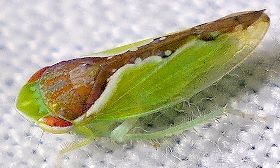
Sobara palliolata (leafhopper)
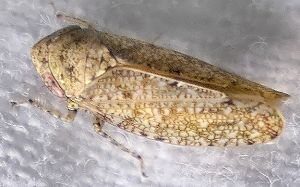
Paraphlepsius irroratus (leafhopper)

Homalodisca vitripennis (glassy-winged sharpshooter)

Metcalfa pruinosa (citrus planthopper)
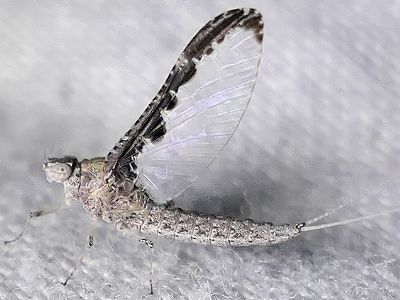
Callibaetis californicus (small minnow mayfly, female)

Ischnura hastata (citrine forktail, male)
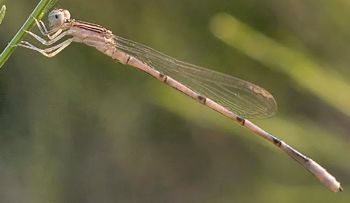
Enallagma basidens (double-striped bluet, male)
| The individual shown above is teneral, having recently emerged from its immature shell. Within a couple of days, it will become as brilliant as the specimen shown below, ready to court and mate with females. |
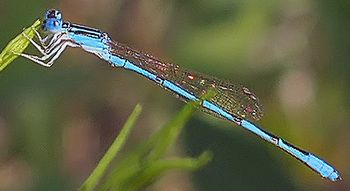
Enallagma basidens (double-striped bluet, male)
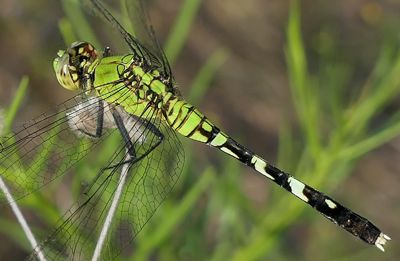
Erythemis simplicicollis (eastern pondhawk, female)

Phyllogomphoides stigmatus (four-striped leaftail, male)
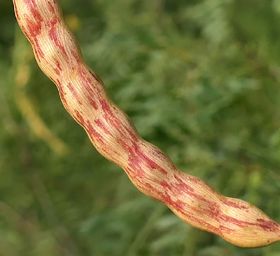
Prosopis glandulosa (honey mesquite seed pod)
| The red colors on the seed pods shown above and below are produced by anthocyanins, flavonoid pigments with antioxidant properties. |
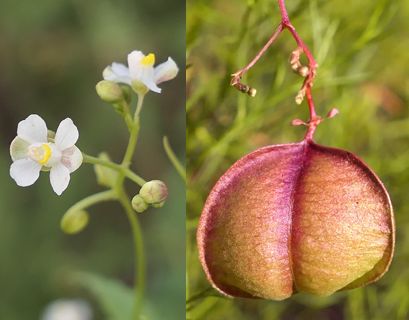
Cardiospermum halicacabum (balloon vine flower & seed pod)
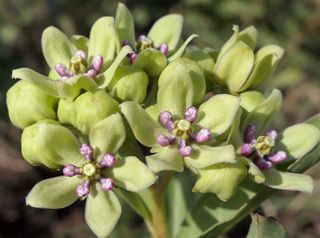
Asclepias viridis (green milkweed)
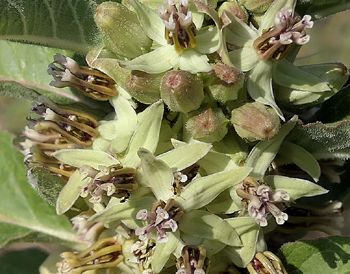
Asclepias oenotheroides (zizotes milkweed)

![]()